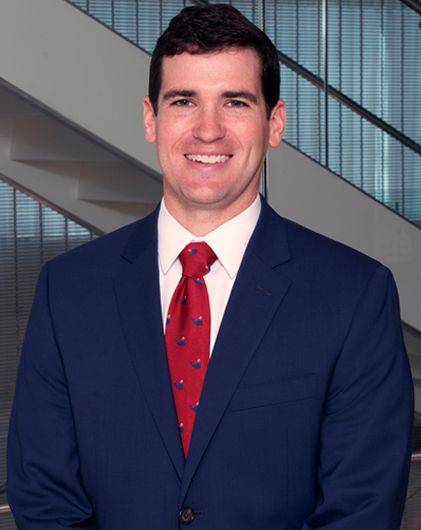Back to School: DOL Gives Guidance on Paid Sick Leave and School Reopenings Under the FFCRA
With a new school year upon us, the Department of Labor (DOL) answered some common questions about paid sick leave under the Families First Coronavirus Response Act (FFCRA). The act provides paid sick leave for employee-parents who cannot work due to COVID-19 school closures.
What does the FFCRA cover?
Generally, the FFCRA requires covered employers to offer paid sick and medical leave for specified COVID-19-related reasons. One specified reason is when an employee cannot work due to a bona fide need for leave to care for a child (under 18 years of age) whose school or child care provider is closed or unavailable for reasons related to COVID-19. In this situation, the employee-parent is allowed two weeks (up to 80 hours) of paid sick leave at two-thirds the employee’s regular rate of pay. Employee-parents who have been employed for at least 30 days can take an additional 10 weeks of paid expanded family and medical leave at two-thirds the employee’s regular rate of pay. The employee-parent qualifies for this paid sick leave only if:
- The employee needs it to provide care for the child during that time.
- No other suitable person is available to care for the child.
How does the FFCRA define whether a school is “closed”?
Eligibility for leave is clear when a school is closed in the traditional sense. However, as the COVID-19 pandemic continues with no end in sight, many schools have been forced to get creative with how to approach the fall school year. Some schools have opened fully, some have gone to entirely online classes, and some have adopted a hybrid model where children attend in person some days and are remote the others. These scenarios pose potentially tricky issues under the FFCRA and its requirement that a child’s school be closed or unavailable. To address some of these issues, the DOL issued this guidance:
- Completely remote: If a child’s school has moved entirely to online or remote instruction, the school is considered “closed” for purposes of paid sick leave and expanded medical leave. Thus, an employee can take paid leave if he or she cannot work on these days because the employee has to care for his or her child.
- Hybrid model: If a child’s school is operating on an alternate day or hybrid attendance basis (some days in person and some days remote), the employee can take paid leave under the FFCRA on days when the child is not permitted to attend school in person and must engage in remote learning. Thus, the employee may take paid leave on each of his or her child’s remote-learning days.
- Optional approach: If the school has given parents a choice between having the child attend in person or remotely, an employee-parent will not qualify for paid sick leave if he or she chooses the remote option. The DOL explained that since the school is open if the parent decides to have his or her child attend, the child’s school is not actually closed. Thus, the DOL’s guidance is clear that if a child is home not because his or her school is closed, but because the employee-parent has chosen for the child to remain home, the employee-parent is not entitled to FFCRA paid leave.
Furthermore, if a child’s school starts remotely out of concern for COVID-19 but has announced it will continue to monitor local circumstances and may reopen for in-person attendance later in the year, the employee-parent can take paid leave under the FFCRA while the school remains closed. Thereafter, eligibility will depend on the particulars of the school’s operations.
Find additional DOL guidance on this topic and others on its website.
Please contact Taylor Crousillac or any other member of Phelps’ Labor and Employment team if you have questions or need compliance advice and guidance. For more information related to COVID-19, please also see Phelps’s COVID-19: Client Resource Portal.


